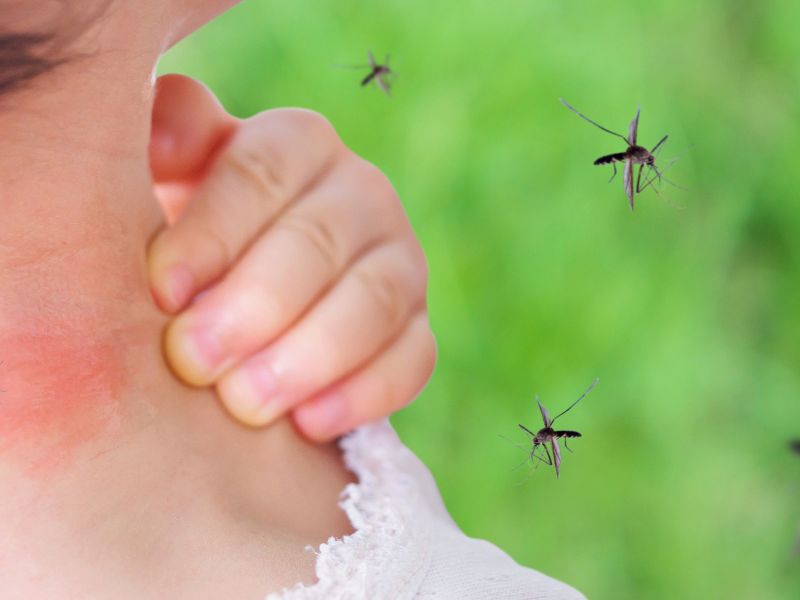
Mosquitoes: an insidious and deadly danger
Mosquitoes: Vectors of Deadly Diseases
Mosquitoes are much more than a mere annoyance during summer or nighttime. They are carriers, or vectors, of some of the deadliest diseases for humanity. It is estimated that nearly 700 million people worldwide, with over a million deaths each year, are affected by diseases transmitted by mosquitoes.
Major Diseases Transmitted by Mosquitoes
Malaria
Malaria is a potentially deadly disease caused by a parasite transmitted by mosquitoes of the genus Anopheles. These mosquitoes are most common in tropical and subtropical regions of Africa, Central and South America, Asia, and the Pacific. Symptoms of malaria include fever, headache, nausea, vomiting, and sweating. Malaria can be treated with antimalarial drugs, but the disease can be fatal if untreated.
Dengue
Dengue is a viral disease transmitted by Aedes mosquitoes, found in many parts of the world including tropical and subtropical regions. Symptoms of dengue include fever, headache, muscle and joint pains, nausea, vomiting, and skin rash. In severe cases, dengue can lead to potentially fatal complications.
Chikungunya
Chikungunya is another viral disease transmitted by Aedes mosquitoes. Symptoms include high fever, joint pain, headache, and skin rash. Although rarely fatal, chikungunya can cause chronic joint pain lasting for months or years.
Zika Virus
Zika virus, also transmitted by Aedes mosquitoes, has been in the spotlight in recent years due to its association with severe congenital malformations such as microcephaly in newborns. Symptoms of Zika virus disease are similar to dengue, with fever, rash, headache, and joint pains.
West Nile Virus
West Nile virus is transmitted by Culex mosquitoes and can cause severe neurological complications such as encephalitis. While most infections are asymptomatic, in some cases it can lead to fever, headache, muscle weakness, and in severe cases, paralysis and death.
Causes of Spread and Prevention
These are just some of the most widespread mosquito-borne diseases worldwide. Climate change and global warming contribute to the increase in the spread of invasive mosquitoes such as the Asian tiger mosquito (Aedes albopictus) and yellow fever mosquito (Aedes aegypti), thereby increasing the risk of epidemics of these diseases.
To prevent the transmission of these diseases, it is crucial to adopt environmental and biological prophylactic measures such as draining or covering water containers, removing debris and tires, cleaning drains and gutters, and pest control in high-risk green areas with insecticides.
Moreover, it is important to inform and raise awareness among the population about the risks and individual prevention measures, such as using repellents and wearing protective clothing.
Sources


